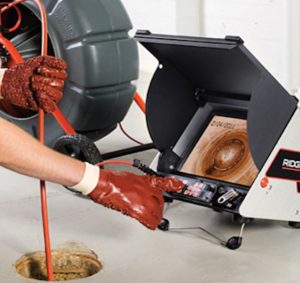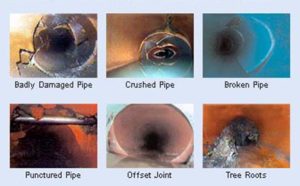Home Inspector Lakeville | Home Inspection (952-583-3701)

Sometimes sewer issues go undetected until they do a good bit of damage to your home. As you might imagine, sewer lines need just as much attention and maintenance as other parts of your home. However, we tend to overlook them because we don’t know what we don’t see. If you suspect something might be going on with your sewer system or you are thinking about buying or selling your home, a sewer scope inspection is a must.
When hiring us to perform a sewer scope inspection they can find many issues or damages that could be hiding in your sewer line that your are unaware of. Our certified and qualified inspector will be looking for these common issues when performing your sewer scope inspection:
- Low areas- This is commonly referred to as a sag, low area or belly when debris collects in the low point and interferes with the flow of the system. This can cause a backup or blockage in your sewer line. A belly in your sewer line was likely the result of a poor layout for the sewer, or it has been impacted by some other event like a tree root or shifting soil weather events.
- Offset pipes- An offset is where two sections of pipes meet but do not line up correctly. Most of the time, an environmental change is usually at fault for an offset pipe. Settlement in the surrounding earth or root growth can cause the two sections of piping to shift independently. Occasionally the problem is due to poor installation, but this is rare.
- Tree roots- When your sewer system was installed, chances are the vegetation wasn’t mature and no one suspected that your system could be compromised by a tree root. Roots are relentless and powerful and can crush a pipe or offset it, creating all kinds of problems with the flow of your system. Root intrusion is very common in older clay and cast iron sewer lines. Newer PVC lines have a lower chance of having root issues.
- Grease build up- Because of the use of garbage disposals in modern plumbing, a build-up of grease can occur in the line. Since the oil substances are not water soluble, the grease tends to stick to the sides of the pipe. The grease can eventually lead to blockages if not cleaned out. Other materials traveling down the pipe can get caught up on these build-ups and inhibit the flow of waste.

- Cracking- Piping cracks in clay and cast iron lines are common to see. Pressure on the pipe can cause hairline cracks around fittings and other areas. Like most of these issues, if the water is not blocked, no action is needed. Cracks on the top and sides of the pipe typically can be ignored. However, if the crack is on the bottom side of the pipe, you may consider adding a liner to the pipe to reduce leakage of sewage into your lawn. Leaks outside of the pipe can lead to further settlement of the sewer line.
- Pipe collapse- A pipe collapse is uncommon, but it typically occurs on sewer lines that have been neglected. Pipe collapses are often found as a result of many of the issues we discussed above. Pipes can collapse because of vegetation, an offset, or can be weather related to old lines expanding and contracting. As the pipe collapses, the opening shrinks and it is likely to cause a blockage. Further, the leakage occurring in the yard from the cracked pipe can exacerbate the situation. In most cases, the line will need to be fully replaced. If a pipe is fully collapsed, our scope techs typically cannot go any further to inspect the rest of the line. Because of this, replacing just the problem section can be risky as there may be more issues down the line.
Give yourself the peace of mind of a functioning sewer system before buying your home or catch a minor issue before it gets to be a large one.

